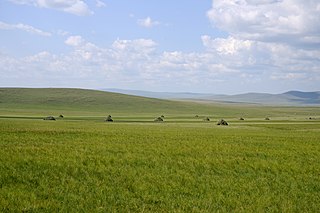
Inner Mongolia, officially the Inner Mongolia Autonomous Region (IMAR), is an autonomous region of the People's Republic of China. Its border includes most of the length of China's border with the country of Mongolia. Inner Mongolia also accounts for a small section of China's border with Russia. Its capital is Hohhot; other major cities include Baotou, Chifeng, Tongliao, and Ordos.
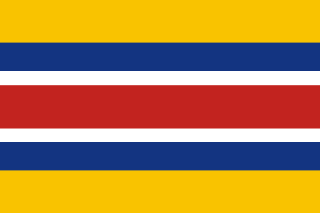
Mengjiang, also known as Mengkiang or the Mongol Border Land, officially referred to as the Mengjiang United Autonomous Government, was an autonomous area in Inner Mongolia, formed in 1939 as a puppet state of the Empire of Japan, then from 1940 being under the nominal sovereignty of the Reorganized National Government of the Republic of China. It consisted of the previously Chinese provinces of Chahar and Suiyuan, corresponding to the central part of modern Inner Mongolia. It has also been called Mongukuo or Mengguguo. The capital was Kalgan, from where it was under the nominal rule of Mongol nobleman Demchugdongrub. The territory returned to Chinese control after the defeat of the Japanese Empire in 1945.

Demchugdongrub, also known as Prince De, courtesy name Xixian, was a Qing dynasty Mongol prince descended from the Borjigin imperial clan who lived during the 20th century and became the leader of an independence movement in Inner Mongolia. He was most notable for being the chairman of the pro-Japanese Mongol Military Government (1938–39) and later of the puppet state of Mengjiang (1939–45), during the Second Sino-Japanese War. In the modern day, some see Demchugdongrub as a Mongol nationalist promoting Pan-Mongolism, while others view him as a traitor and a pawn of the Japanese during World War II.
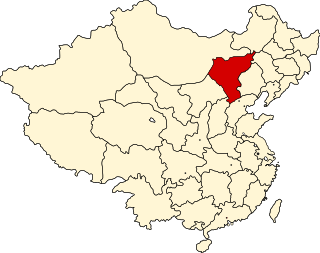
Chahar, also known as Chaha'er, Chakhar or Qahar, was a province of the Republic of China in existence from 1912 to 1936, mostly covering territory in what is part of Eastern Inner Mongolia. It was named after the Chahar Mongols.

Zhangjiakou also known as Kalgan and by several other names, is a prefecture-level city in northwestern Hebei province in Northern China, bordering Beijing to the southeast, Inner Mongolia to the north and west, and Shanxi to the southwest. By 2019, its population was 4,650,000 inhabitants on 36,861.56 square kilometres (14,232.33 sq mi), divided into 17 Counties and Districts. The built-up area made of Qiaoxi, Qiaodong, Chongli, Xuanhua, Xiahuayuan Districts largely being conurbated had 1,500,000 inhabitants in 2019 on 1,412.7 km2 (545.4 sq mi).

Operation Chahar, known in Chinese as the Nankou Campaign, occurred in August 1937, following the Battle of Beiping-Tianjin at the beginning of Second Sino-Japanese War.

The Hebei–Chahar Political Council, or Hebei-Chahar Political Commission, was established at Beijing under Gen. Song Zheyuan, on 18th December 1935.
The Inner Mongolian campaign in the period from 1933 to 1936 were part of the ongoing invasion of northern China by the Empire of Japan prior to the official start of hostilities in the Second Sino-Japanese War. In 1931, the invasion of Manchuria secured the creation of the puppet state of Manchukuo and in 1933, Operation Nekka detached the province of Rehe from the Republic of China. Blocked from further advance south by the Tanggu Truce, the Imperial Japanese Army turned its attention west, towards the Inner Mongolian provinces of Chahar and Suiyuan, with the goal of establishing a northern China buffer state. In order to avoid overt violation of the Truce, the Japanese government used proxy armies in these campaigns while Chinese resistance was at first only provided by Anti-Japanese resistance movement forces in Chahar. The former included in the Inner Mongolian Army, the Manchukuo Imperial Army, and the Grand Han Righteous Army. Chinese government forces were overtly hostile to the anti-Japanese resistance and resisted Japanese aggression only in Suiyuan in 1936.
The North Chahar incident between Japan and China in June 1935, resulted in an agreement that demilitarized Chahar province.

Zhao Chengshou, courtesy name Yinfu (印甫), was a KMT general from Wutai County, Shanxi.
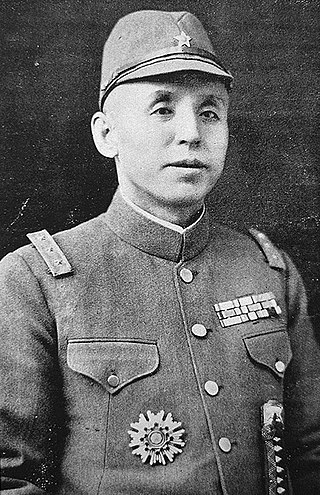
Li Shouxin was a pro-Japanese commander in the Manchukuo Imperial Army and later the Mengjiang National Army.

The flag used by the Mengjiang United Autonomous Government consists of a horizontal colour pattern of yellow, blue, white, red, white, blue and again yellow.
Xinghe County is a county of south-central Inner Mongolia, People's Republic of China, bordering the provinces of Hebei to the east and Shanxi to the south. It is under the administration of Ulanqab City, and is situated on the China National Highway 110 between Ulanqab and Zhangjiakou in Hebei province. Bordering county-level divisions include Fengzhen City to the southwest, Chahar Right Front Banner to the west, Chahar Right Back Banner to the northwest, and Shangdu County to the north.
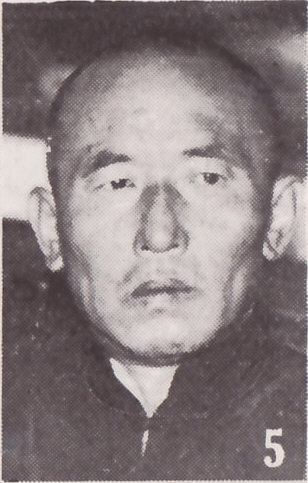
Yu Pinqing was a politician and industrialist in the Republic of China. He was Supreme Member of the Southern Chahar Autonomous Government, later he was also appointed Vice-Chairman of the Mongolian United Autonomous Government and the Mongolian Autonomous Federation. He was born in Nangong, Zhili (Hebei).

Xia Gong was a politician of the Republic of China. He was the Supreme Member of the Japanese puppet government, Northern Shanxi Autonomous Government. Later he was appointed Vice-Chairman of the Mongolian United Autonomous Government (蒙古聯合自治政府). He was born in Datong County, Shanxi province.
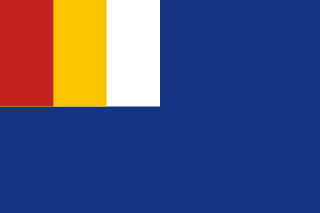
The Mongol United Autonomous Government was a Japanese puppet regime in Inner Mongolia from 1937 to 1939.
The Inner Mongolian People's Republic was a state in Inner Mongolia founded shortly after the Second World War. It existed from 9 September 1945 until 6 November 1945.

The Yuan of Mengjiang is the monetary unit that was issued in 1937–1945 by several governments of Mengjiang.

The North Shanxi Autonomous Government was an administratively autonomous component of Mengjiang from its creation in 1937 to its complete merger into Mengjiang in 1939. Following the Japanese invasion of China in July 1937, regional governments were established in Japanese-occupied territories. After Operation Chahar in September 1937, which extended Japanese control to northern Shanxi region, more formal control of the area was established through the creation of the North Shanxi Autonomous Government, as well as the South Chahar Autonomous Government to the east of Shanxi.
Cui Xiaoqian was a government figure in both Mengjiang and North Shanxi during the Second Sino-Japanese War when these regions were under Japanese occupation. Little information is known about Cui himself, though his position inside the North Shanxi Autonomous Government is apparent.















